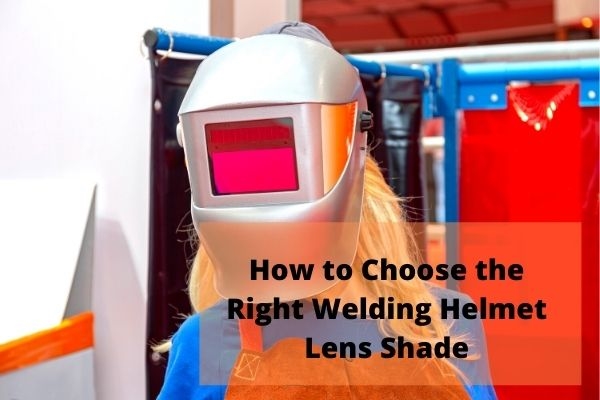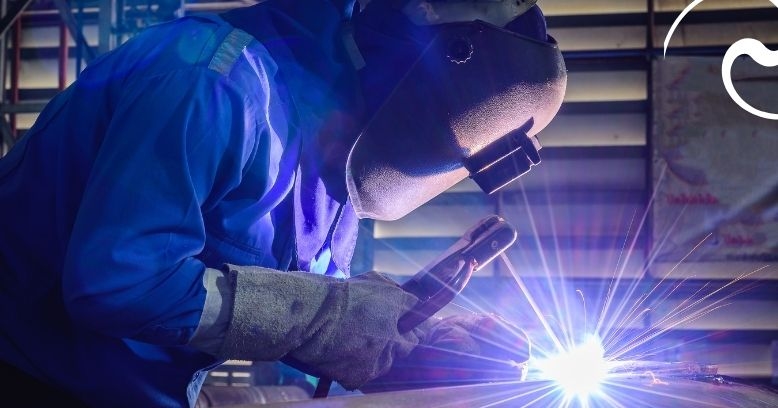Helmets are a part and parcel of the welding profession. It is understandable because if you don’t take the necessary measures to protect yourself, you are highly likely to be in danger.

Hence, choosing the right helmet as well as the right lens shade is always a priority. This means you have to be very careful when buying a welding helmet, especially about the lens shade.
Cutting long story short, lens shade is one of the vital features of a helmet pack, and you must have an idea about how to choose the right welding helmet lens shade.
Things to Consider When Choosing a Lens Shade
There are a number of things to consider before investing in a welding lens shade, and the following are the most important ones.
Welding Helmet Lens Shade: Fixed vs. Variable
There are different types of lens shades, but the main difference comes down to fixed vs. variable.
If you are going to be welding different kinds of materials, and so to be frequently switching welding methods, you will need a variable lens shade.
Contrarily, if you are not likely to be welding different materials using different welding processes, a fixed lens should be sufficient for you.
Read Also:
The Lens Reaction Time
The time takes a lens to switch from one mode to another, i.e. from regular to protective, is known as the lens reaction time.
While a very basic lens shade takes 1/3,600 seconds to respond, advanced ones take only 1/20,000 to the same. This means the less the reaction time, the better the lens shade is.
Arc Sensors
Welding creates sparks, and sensors detect those to ensure your safety. When a sensor detects a spark, it signals the lens to darken and so it happens. The most basic welding helmet should have 2 arc sensors.
But the more advanced ones come with more numbers of arc sensors. Having more than 3 arc sensors in your helmet is a good thing when you deal with different lights within a close range.
The Shade Number
The different welding process requires different shade numbers. For Arc and TIG welding, you can go for shades from #9 to #13.
For the MIG welding process, however, you will need shades from #10 to #13. A lower shade number means your lens may not be able to filter all radiation lights.
The Level of Amperage
The welding process and the level of amperage used in the process determine how darker your lens shade should be. The higher the level of amperage, the darker the lens should be.
Simple welding requires a lower level of amperage while advanced jobs require a higher level of amperage.
The lens shade has to be darker accordingly. The reason is darker shades are able to filter out most of the radiation lights that are harmful to your eyes.
Auto Dark Welding Helmet vs. Passive Helmet Lens Shade
An auto-dark welding helmet allows you to work uninterruptedly without taking off the helmet. Sensors attached to the front of the helmet can detect the sparks and signal the shade to go dark. This happens automatically within a fraction of a second.
On the other hand, a passive helmet lens shade does not switch modes, rather remains dark all the time. It means you may need to remove it when you do other works. They typically don’t have sensors or batteries.
Last Words
Since the job is very dangerous, professional welders suggest wearing high-quality helmets to protect your face and eyes.
Likewise, the lens shade of your helmet has to be good enough to filter out the intense radiation coming out of sparks.
The factors I have discussed in the article should help you find the right helmet with the right lens shade. Remember the protection of your eyes should be taken seriously.











